The morning of Day 6 we headed out for a guided city tour of Phoenix, Scottsdale, and Tempe. One of the stops along our guided tour was at Echo Canyon Park on Cambelback Mountain. I don’t have any distance shots of this mountain, but Camelback Mountain was named because it looks the the 2 humps and head of a bactrian camel.
The Saguaro provides habitat for many animals. The Gila woodpecker creates many of the nest holes that you see in the mature cacti. East year the woodpecker creates a new hole and either insects or lizards take over the old hole.
Although slow growing–about an inch a year–the Saguaro cactus can reach heights of 15 to 50 feet. The larger plants with more than 5 arms are estimated to be at least 200 years old. At 50 to 65 years of age and 6 meters in height, the Saguaro develops its first arm.
The Saguaro can be the dominant feature of the landscape. However, it almost always is accompanied by a high concentration of desert trees. These trees are supported by a high rainfall twice a year in the spring and autumn. These trees act as “nurse plants” to the young Saguaro seedlings by protecting them from being eaten by animals and also by providing shade and humus rich moisture retentive soil in which the seedlings can develop.
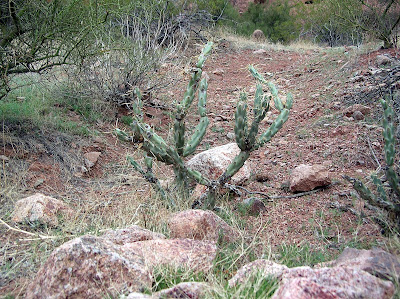 This is another of the many cacti species that we saw in the park.
This is another of the many cacti species that we saw in the park.
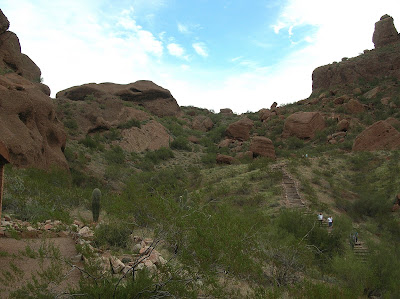
 The red rocks of Camelback Mountain give the landscape a moon-like appearance.
The red rocks of Camelback Mountain give the landscape a moon-like appearance.
 After the remainder of the city tour of Tempe and Phoenix, we stopped at Old Towne Scottsdale.
After the remainder of the city tour of Tempe and Phoenix, we stopped at Old Towne Scottsdale.
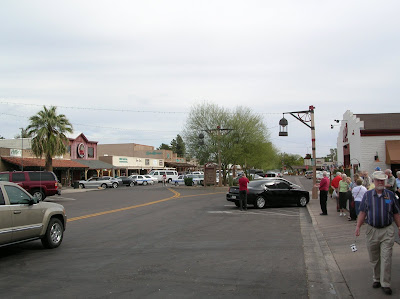 We enjoyed walking up and down the streets and browsing in many of the shops and galleries.
We enjoyed walking up and down the streets and browsing in many of the shops and galleries.
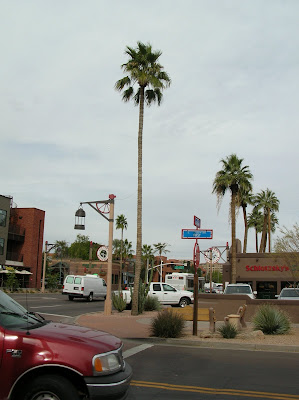
 Many of the boulevards and street corners are landscaped with the most interesting varieties of cacti.
Many of the boulevards and street corners are landscaped with the most interesting varieties of cacti.

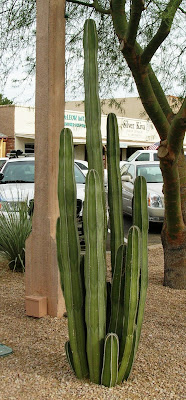


As Canadians, we felt both welcomed and appreciated. The Organ Stop Pizza is an experience not to be missed if you are ever in the Mesa area. http://www.organstoppizza.com/
